With its 100 temples, the sprawling complex at Angkor was the centre of the Khmer Empire between the 9th and 15th centuries. Angkor Wat is the eponymous main temple. In its heyday around 1200, almost a million people are thought to have lived in the surrounding area. By comparison, Paris, one of Europe’s largest cities in the Middle Ages, was only home to roughly 100,000 people at that time.
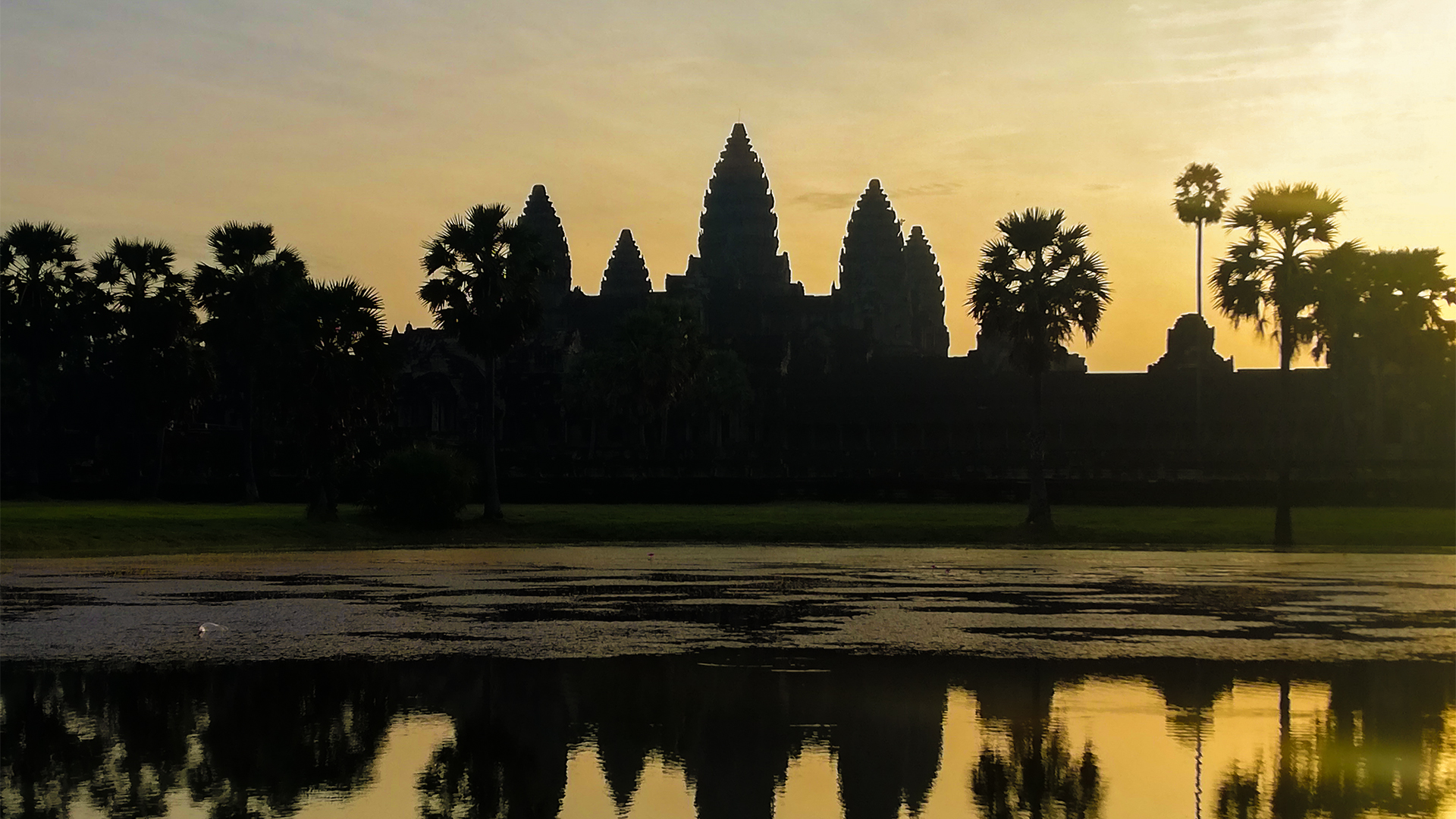
Saving Angkor’s temples
The awe-inspiring Angkor’s World Heritage Site is famous the world over, but the task of preserving the legacy of the Khmer culture is every bit as overwhelming as the temple complex itself. Germany is supporting Cambodia.
It is impossible to not be captivated by the magic of Angkor Wat. Some say they have never seen anything as beautiful. When the sun rises over the temple’s towers and its first rays caress the walls, the Apsaras – carvings and sculptures of ethereal dancers – seem to dance before your eyes. The temple complexes with their reliefs and sculptures, surrounded by tropical vegetation, are both fascinating and fragile. Much of the art and many of the buildings were created around 1,000 years ago from sandstone, which is an extremely delicate material.
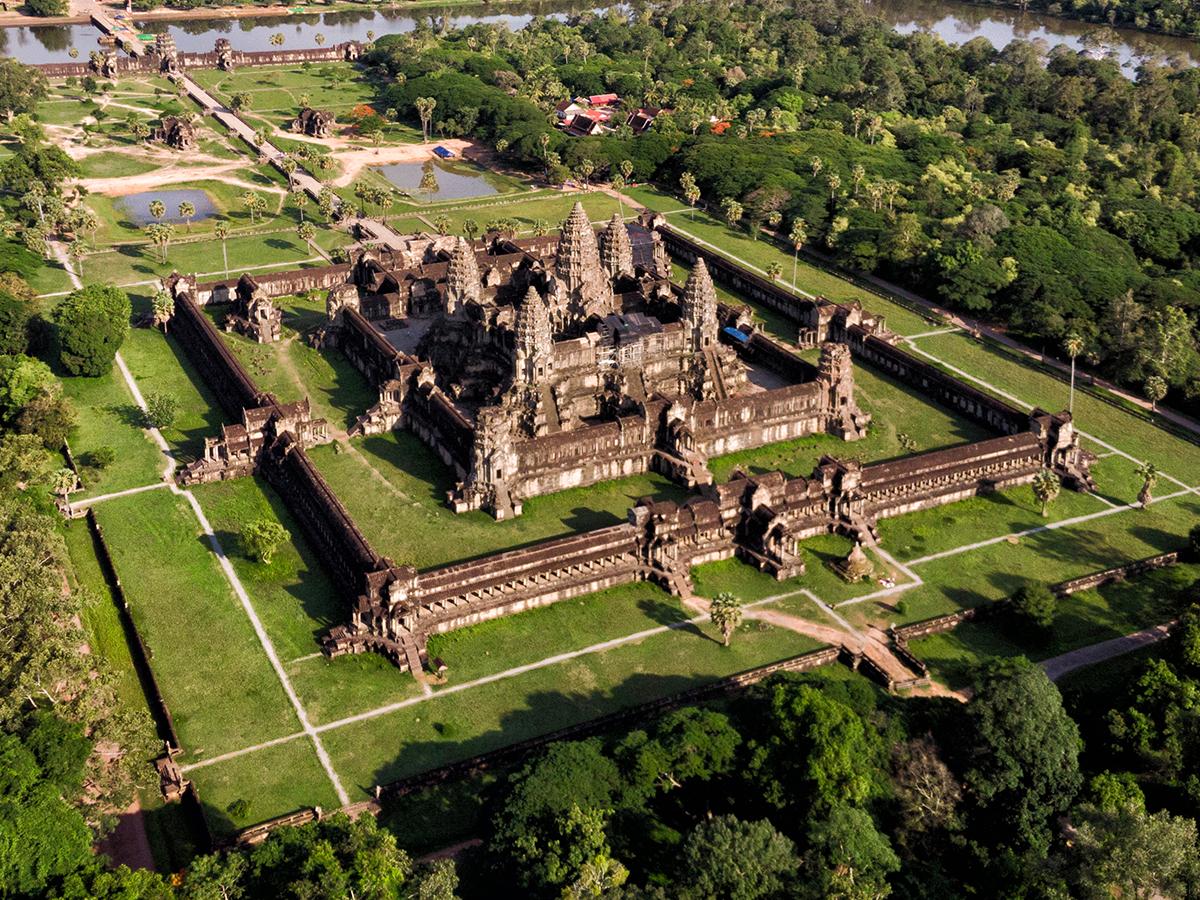
30 years of World Cultural Heritage in the jungle
When UNESCO inscribed the area around the main temple of Angkor Wat on the World Heritage List in late 1992, the unique site was classified as ‘in danger’. The proud city in the jungle had fallen into disrepair and conservation work had been impossible during decades marked by the Khmer Rouge regime and civil war. But today, Angkor’s temples have once again become the pride and cultural centre of Cambodia
The man who has accompanied Angkor Wat every step of the way
In recent years, some key parts of the seemingly endless temple complex have been preserved and restored. International teams have supported Cambodia. One person who has been involved from the very beginning is Nary Long. Back in the 1990s, Long, who is from Cambodia, worked with Professor Hans Leisen from Cologne University of Applied Sciences. The German geoscientist was involved in conservation efforts from the outset, with the German Apsara Conservation Project. Long is now 54 and employed by Angkor’s APSARA National Authority for preservation, as the chief conservator in the Stone Conservation Unit. The SCU has been supported by the Deutsche Gesellschaft für Internationale Zusammenarbeit (GIZ) GmbH since 2007.
Training in stone restoration
On behalf of the German Federal Ministry for Economic Cooperation and Development (BMZ), GIZ supports the initial and continuing training of stone conservators through the deployment of development workers. Eight development workers have been seconded to Cambodia so far. The two currently working in Cambodia are Helen Jacobsen and Christoph Bücker. Jacobsen has a degree in stone restoration, while Bücker is a master stonemason and stone sculptor. ‘A World Heritage Site should always be preserved by the descendants of its creators, and not just by international experts,’ says Jacobsen. ‘The Khmer people have to take the lead.’ Long and Bücker agree, and together the three form the heart of the training team.
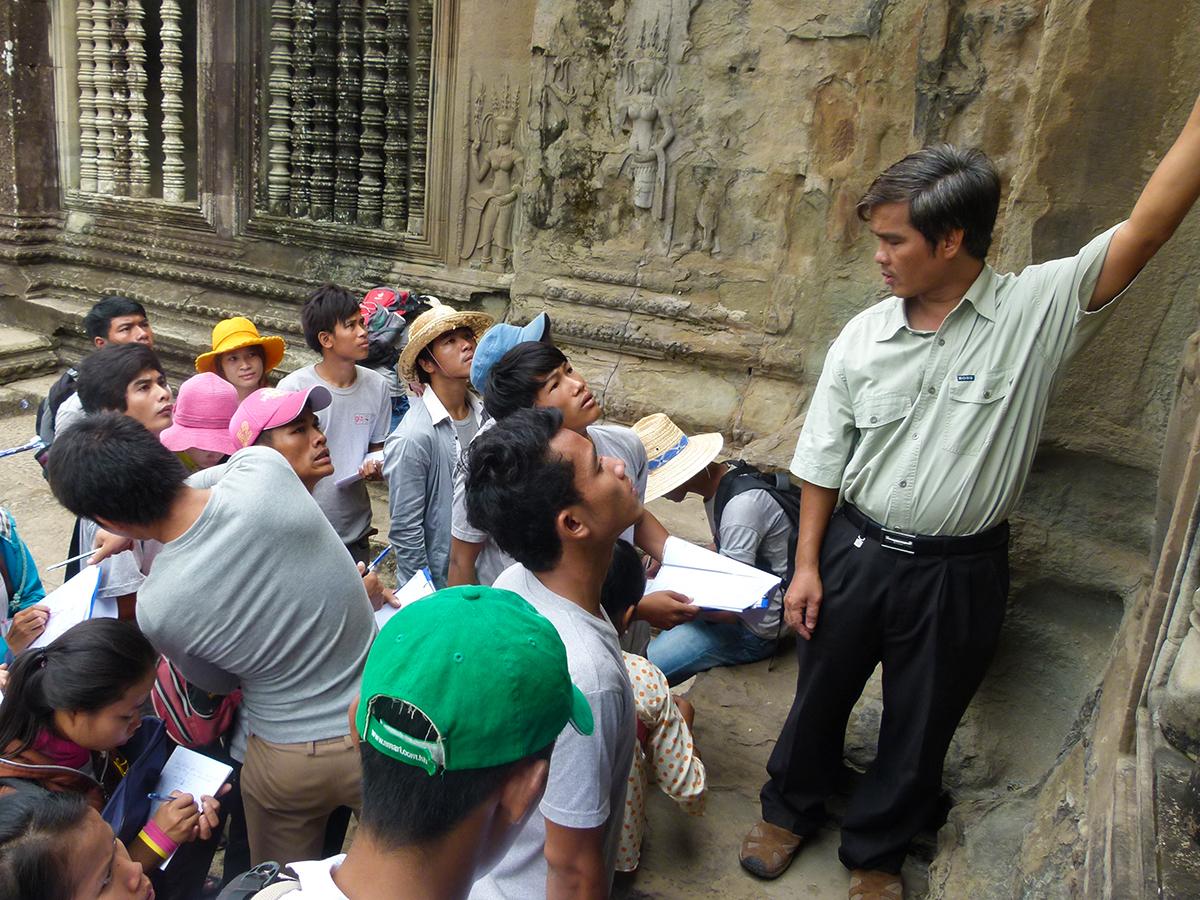
International recognition
In mid-2022, the most recent cohort of 20 Cambodians started their training with the trio. Over two and a half years, the young people will work through 13 training modules and internalise the essentials of theoretical and practical stone conservation. At the end, they will complete a practical project to demonstrate what they have learned. The final certificate they will receive is recognised by the International Centre for the Study of the Preservation and Restoration of Cultural Property (ICCROM). This renowned monument preservation organisation is based in Rome and is the overall patron of the training programme.
The Cambodian and German trainers are tremendously proud of this recognition. ‘Our training isn’t simply about setting the students to work with a couple of bags of mortar,’ Jacobsen explains. ‘Instead, they learn everything they need to know to make their own decisions about how to preserve the treasures of Angkor.’ Jacobsen has just come from the SCU laboratory, where she had been teaching the six women and 14 men from the current training cohort. In the lab, they investigate stone samples, measure their salt content, and study how the material behaves and what role tropical rain plays in their weathering.
Down in the lab and up in the temple
Chandara Hin is very enthusiastic about the lab work. ‘The range of what we learn is fantastic,’ she says. The 31-year-old smiles as she explains how she told her five-year-old son about the experiments she performs on the stones – and how impressed he was. She is also renowned for climbing the temple towers, where she records damage that can then be mapped on a laptop.
Like her classmates, Hin is completing her training alongside her regular job. All of the trainees are employed by APSARA and are released from their regular duties for the training modules. Some have administrative jobs, while others work as guides – or at least they used to. The COVID-19 pandemic has meant that lots of the visitors who would otherwise have thronged the site have stayed away, leaving many people in the surrounding region with very little work.

Training construction site at a ruined temple
The training in stone conservation offers an exciting and promising alternative to traditional tourism. And skilled workers who can maintain and preserve this World Cultural Heritage are urgently needed. Ratanak Sao is one of them. He was one of the first 20 Cambodians to complete their stone conservation training in 2015. Now he does his round of the archaeological site every day, to keep an eye on his stone patients.
Today, he is helping the team create a special training construction site at the Banteay Samre temple ruin. Here, visitors will also be able to learn more about how important and challenging it is to preserve this human heritage – a magical place surrounded by gods and demons.
Protecting our world heritage
The international community signed the Convention Concerning the Protection of the World Cultural and Natural Heritage, better known as the UNESCO World Heritage Convention, in late 1972. It aims to preserve the world’s sites of outstanding natural and cultural heritage through international cooperation.
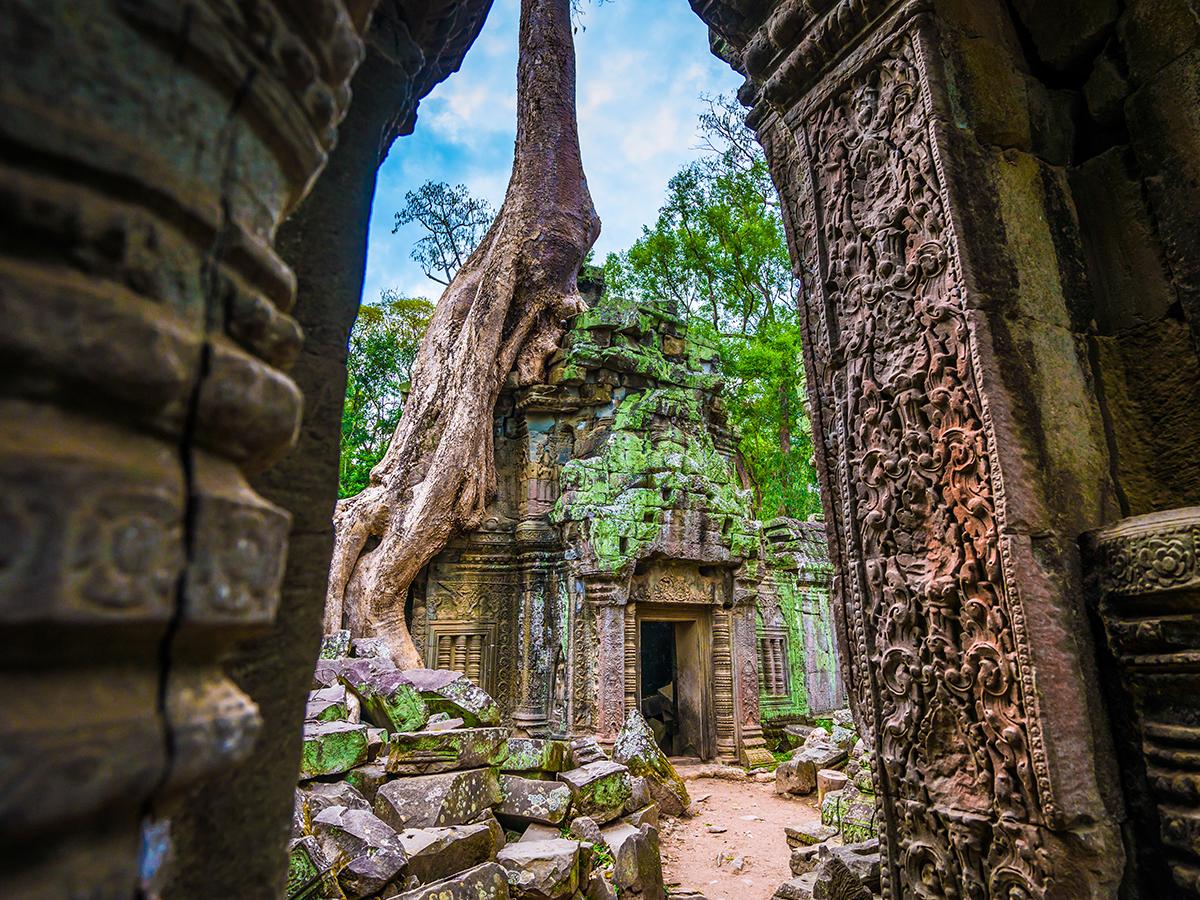


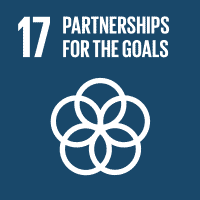
Find out more at GIZ